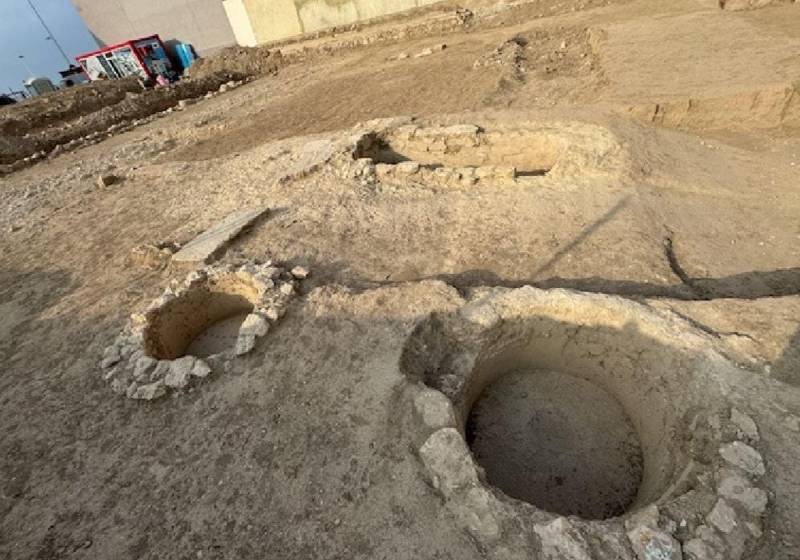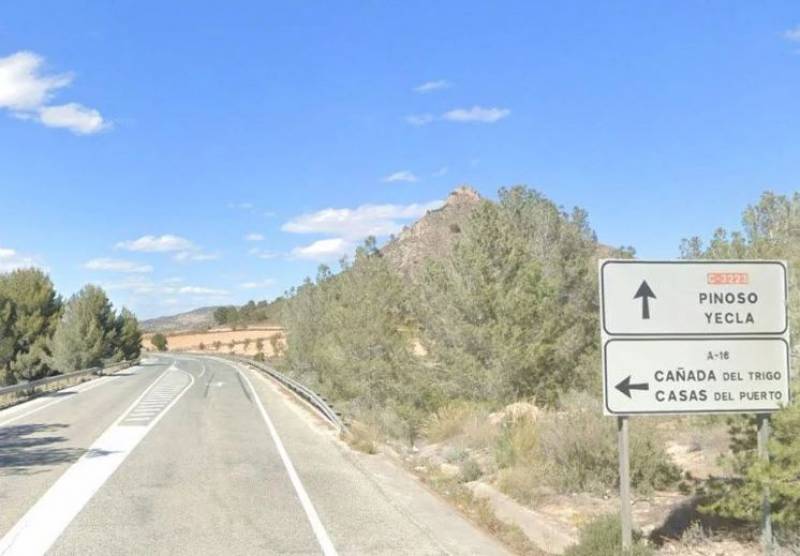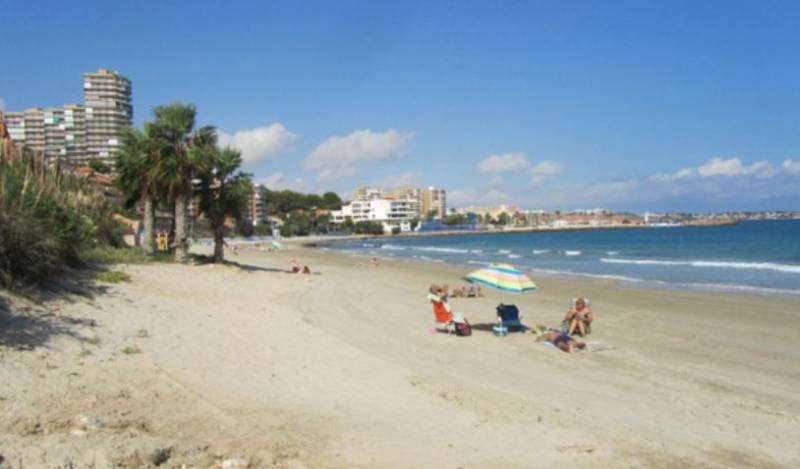

- EDITIONS:
 Spanish News Today
Spanish News Today
 Murcia Today
Murcia Today
 Alicante Today
Alicante Today
article_detail
Date Published: 23/10/2024
Remains of a Carthaginian industrial area from 3rd and 2nd centuries BC unearthed in La Vila Joiosa
The discovery sheds light on the town's pre-Roman industrial activity and Carthaginian presence

Archaeological excavations in La Vila Joiosa, Alicante, have revealed the remains of one of the oldest documented industrial areas in the town, dating back to the Carthaginian period between the last third of the 3rd century and the first quarter of the 2nd century BC.
These remains, located on Avenida Ciudad de Requena of the municipality, which sits just to the south of Benidorm, offer a unique glimpse into the industrial activities of the Carthaginian culture in pre-Roman times.
The entire southeastern coast of Spain was a hotbed of Phoenician and Carthaginian activity 2,500 years ago, and indeed that's where the city of Cartagena, with its countless historical artifacts, gets its name.
The site consists of two wall foundations, a large elliptical cistern, and two smaller circular basins, all of which were lined with mortar for waterproofing. The cistern, measuring three metres long, 1.2 metres wide and 2.2 metres deep, along with the basins, suggests the area was used for craft or industrial purposes. A badly damaged water channel, which connected the ponds, was also uncovered.
According to the La Vila Town Council, this industrial area likely formed part of a larger belt surrounding the pre-Roman urban centre of Allon, providing easy access to key commercial routes towards Alicante capital, Alcoy and the rest of the Marina Baixa coast. These roads would have facilitated the distribution of products crafted in this industrial zone.
The discovery of Carthaginian materials, including at the sanctuary of La Malladeta and other sites in the region, indicates a significant Carthaginian presence in La Vila Joiosa just before the Second Punic War. Similar finds, such as a cistern at Tossal de Manises in Alicante, further support this conclusion.
The site, located on private land earmarked for residential construction, will be preserved beneath the new building, allowing future generations to appreciate this important link to the Carthaginian past. Ongoing studies will analyse the materials exhumed during excavation to better understand the function of the artisanal area.
Image: Ayuntamiento de La Vila Joiosa
staff.inc.and
Loading
Sign up for the Spanish News Today Editors Roundup Weekly Bulletin and get an email with all the week’s news straight to your inbox
Special offer: Subscribe now for 25% off (36.95 euros for 48 Bulletins)
OR
you can sign up to our FREE weekly roundup!
Read some of our recent bulletins:
25% Discount Special Offer subscription:
36.95€ for 48 Editor’s Weekly News Roundup bulletins!
Please CLICK THE BUTTON to subscribe.
(List price 3 months 12 Bulletins)
Read more stories from around Spain:
Contact Murcia Today: Editorial 000 000 000 /
Office 000 000 000



































